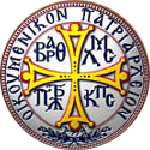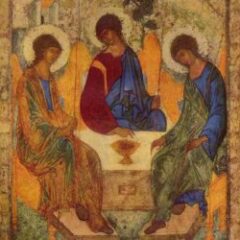Introduction

The Church of Constantinople (The Ecumenical Patriarchate of Constantinople) is one of the fourteen autocephalous Eastern Orthodox churches. It is headed by the Ecumenical Patriarch, who has the status of “first among equals” among the world’s Orthodox bishops.
Its current leader is Ecumenical Patriarch Bartholomew I.
According to tradition, it has its roots in the preaching of the Apostle Andrew in Constantinople (then Byzantium) in AD 38.
Christianity in Byzantium existed from the time of the Twelve Apostles, but it was in the year 330 that the Roman Emperor Constantine the Great moved his imperial capital to the small Greek town of Byzantium, renaming it Nova Roma. From that time, the importance of the church there grew, along with the influence of its bishop.
Prior to the moving of the imperial capital, the bishop of Byzantium had been under the authority of the metropolitan of Ephesus, but beginning in the 4th century, he grew to become independent in his own right. With the development of the hierarchical structure of the Church, the bishop of Constantinople came to be styled as exarch (a position superior to metropolitan), and then later as patriarch (the position into which the title of exarch developed), having administrative jurisdiction over all the bishops within his patriarchate.
The Church of Constantinople has functioned for centuries as the church responsible for guiding and preserving the worldwide unity of the family of self-governing Orthodox Churches, also referred to as the Ecumenical Patriarchate.
Type your query in the box below:
The local churches of the Ecumenical Patriarchate
The local churches of the Ecumenical Patriarchate consist of six archdioceses, eight churches, and 18 metropolises, each of which reports directly to the Patriarch of Constantinople with no intervening authority. In addition, three of the six archdioceses have internal metropolises (17 in all), which are part of their respective archdioceses rather than distinct administrative entities, unlike the other metropolises. Two of the churches of the patriarchate are autonomous, the Finnish Orthodox Church and the Estonian Orthodox Church.
